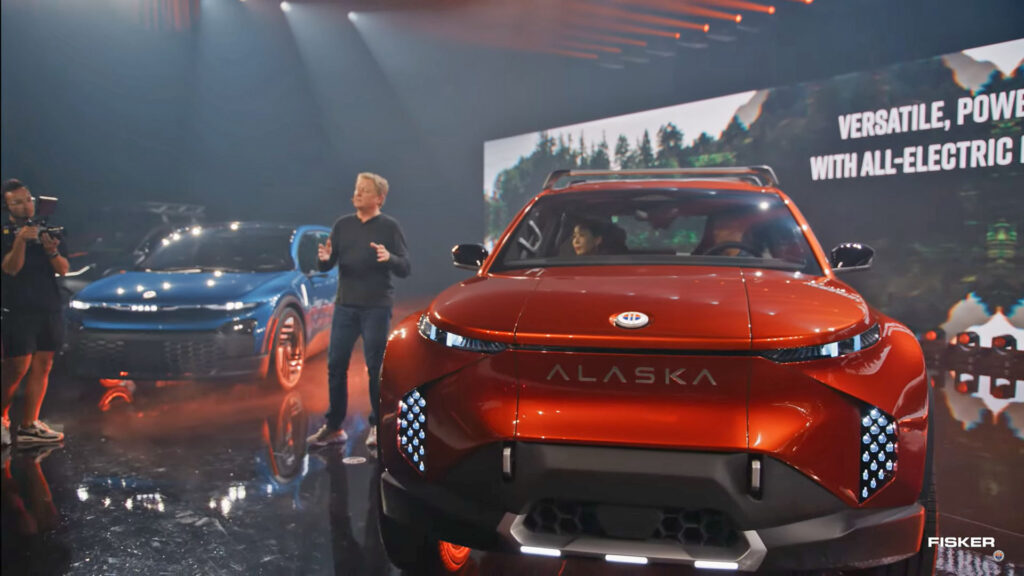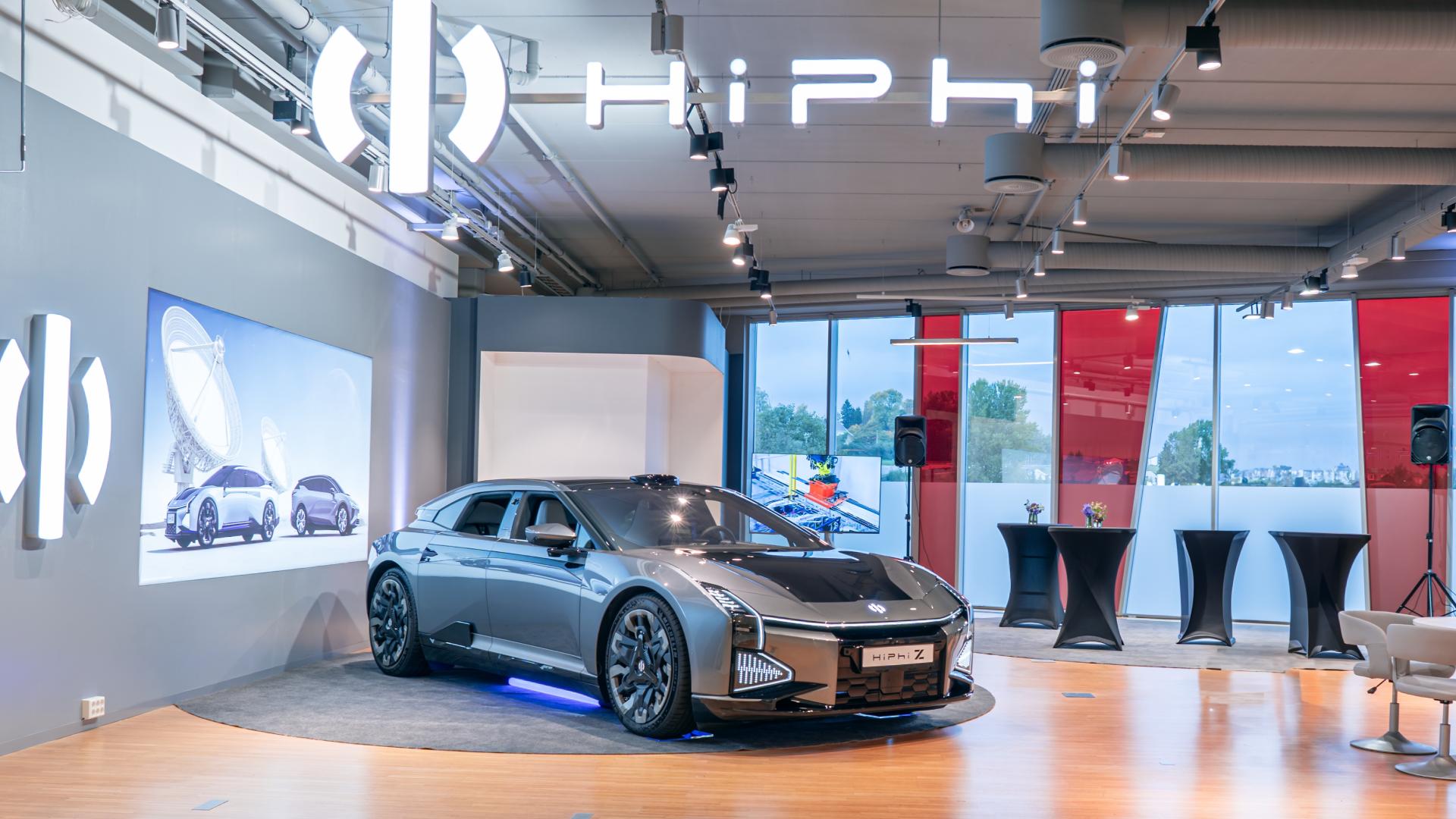It's difficult to understand how the Hiphi brand manages to survive economically while Fisker fails to do so.
The Chinese brand Hiphi began to be in an unfortunate position at the start of 2024. While it had just started marketing it in Europe, the company encountered serious financial difficulties, forcing it to cease production of its models and to lay off a large part of the employees overnight. Hiphi then tried to convince other Chinese manufacturers to buy it, but without much success. All this is reminiscent of Fisker's calendar and adventure in other markets.
Advertisement
Ultimately, this Chinese startup could be saved by an investment from a Hong Kong company. This should allow it to restart its activities, according to an April 29 article in the media CNevpost. A new rebound that the manufacturer Fisker would also like to have, but the American company apparently cannot convince investors so easily.
A recovery for the beginning of May
Hiphi has already started to list former employees to be contacted in order to restart creation and production activity. Managers are only waiting for a final agreement to offer them the opportunity to return to work in the company. Management is on the starting blocks.
This manufacturer appeared in China in 2017, targeting the high-end and very technological market. The brand stays a little away from the price war raging in the country, but for all that it struggles to find its audience. This is also what would have derailed a juicy agreement with Saudi Arabia, and which somewhat precipitated the brand into this delicate situation.

A new, more affordable model
Hiphi already has 3 models in its catalog: Hiphi X, Z and Y. Models X and Z are high-end models, between €65,000 and €105,000 per car. The Hiphi Y model is a little more accessible with a price starting from €45,000, which remains higher than many competitors on the Chinese market.
Advertisement
A number of Chinese manufacturers (like BYD, Xiaomi, Nio, Xpeng, etc.) are fighting over prices of between €30,000 and €50,000, sharing the bulk of the electric car market in China. Hiphi almost aims for luxury with its price positioning. The brand cannot therefore rely on large sales volumes to convince investors.
Barely relaunched, the brand is already planning to work on a new model based on the Hiphi Y with more features, but for a more attractive price. It's hard to imagine the company surviving the price war if its financial situation remains sketchy.
Why Hiphi and not Fisker?
While China has far too many automobile brands with shaky financial health, many of them still manage to survive in an ultra-competitive market. There will certainly be some mysteries to solve about the origin of the funds that fuel these different brands.


Meanwhile, Fisker doesn't want to address the Chinese market, so he probably won't get any support there. As European and American investors are a little cautious about the future of the electric car, there is unfortunately not much chance for this brand to survive, unless it finds an investor in Middle Eastern countries.
